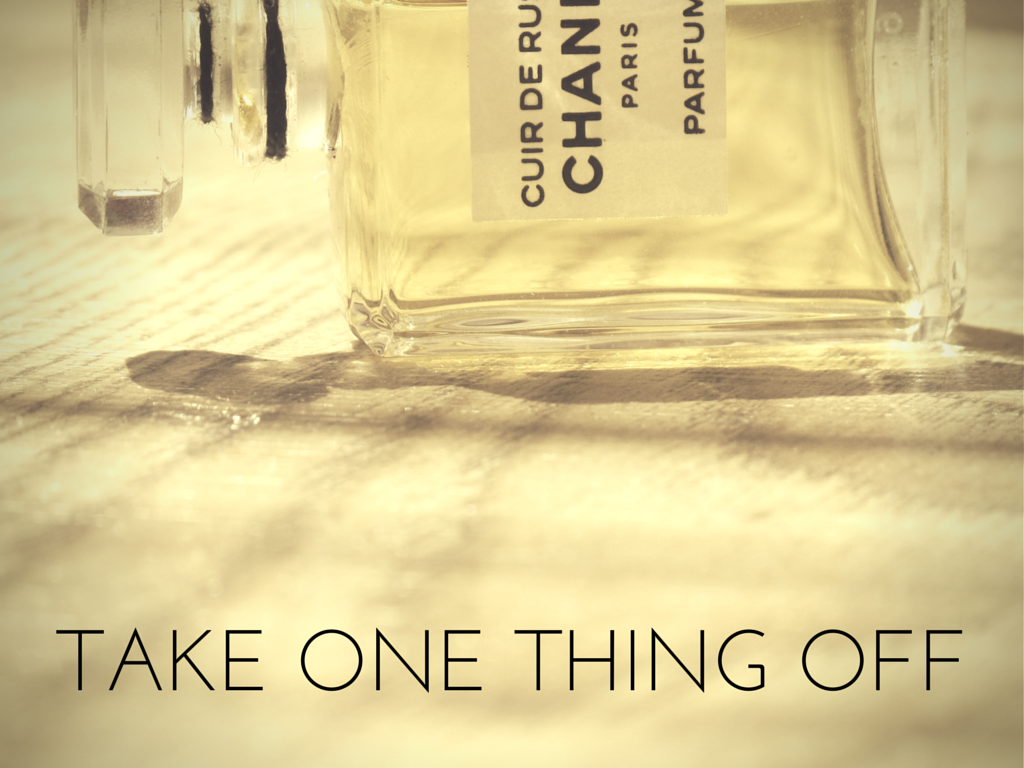The more I wear Sticky Fingers by Francesca Bianchi, the more I’m convinced it is the Bengale Rouge of the Bianchi line, by which I mean a deliciously thicc n’ fuzzy oriental that’s characterful without being challenging – the much-loved woolly sweater your hand reaches for over the stark, uncompromising Ann Demeulemeester gilet you bought in a factory sale but could never figure out where the arm holes were. The thing these perfumes have in common is their sense of familiarity – they remind you (vaguely) of scents you already know and love. They wear like old friends even if you’ve just been introduced.
Just like Bengale Rouge is a more ‘people-pleasing’ option for people who would never wear Salome, Sticky Fingers is the perfect ‘out’ for people who want to own a Bianchi but find Sex and The Sea or The Lover’s Tale too heavy on the harsh orris-leather accord that has become the Bianchi calling card. That’s not to say that there’s none of Francesca in this perfume, because women with strong personalities always spill over into their art. You’d know, for example, that Sticky Fingers is a Bianchi creation as surely as you can tell Bengale Rouge is a Liz Moores one.
But Sticky Fingers is not going to ruffle any feathers. It is a cosy, feel-good diorama of Francesca Bianchi’s back catalogue with most of the hard edges sanded down and its already duvet-thick volume fluffed up by a mille-feuille of chocolatey patchouli, resins, amber, tonka bean, and vanilla.
My own sticky fingers hover over the ‘buy’ button on Sticky Fingers mostly for the last two thirds of its life, which is when it turns into that combination of smells perfume lovers know as ‘sweater mélange’ – that sweet, lived-in aroma of a fabric like wool or coat collar or seatbelt exhaling, like a sigh, the breath of multiple perfumes last worn God knows when. Or that lovely and as-individual-as-a-fingerprint nuclear cloud that rushes up at you when you open a box of your favorite perfumes or cosmetics.
To wit, Sticky Fingers smells like the heady, third-day fug imprinted on my bathrobe after several days of wearing some of Francesca Bianchi’s other perfumes; especially The Dark Side with its honeyed resins, The Lover’s Tale with its sharp leather, and Lost in Heaven for its simultaneously urinous and sherbety civet-iris accord that is practically the Bianchi DNA. Yet Sticky Fingers is much softer and gauzier than any of these. It’s like all of these perfumes mingling together and blown in at you through an air vent from another room.
Digging down into the detail, there are muffled echoes of something of the choco-wheat-cereal notes from indie perfumes of the last few years (like Ummagumma by Bruno Fazzolari, Café Cacao by En Voyage, or Amber Chocolate by Abdes Salaam Attar), but also a spicy tobacco gingerbread (Tan d’Epices), and a thick ‘white’ note like sandalwood creamed with benzoin (Santal Blush perhaps). I sprayed some Ta’if (Ormonde Jayne) over the tail end of Sticky Fingers once and could have sworn to the presence of smoky, caramelized marshmallow (Amber Absolute by Tom Ford). To be clear, Sticky Fingers doesn’t smell like any one of these perfumes. It’s just a delicious, jumbled up funk of rich woody or resinous orientals that have been worn at some point in the past two or three weeks, and have left an indelible, if undefined, impression.
In essence, Sticky Fingers is a patchouli perfume. But through a glass darkly. Think of the patchouli as the soloist leading the charge in a huge orchestra, drawing in supporting riffs from the strings and the bass until the music swells up from a hundred different sources, creating an incredibly rich, harmonious sound that fills all the air pockets in the room. The patchouli starts out solo, a musty, stale, and fruity rendition of pure earth. But almost immediately it calls in the high notes of the string section, in the form of those acidulated orris-leather tones of the Bianchi DNA, and to counter that, the bass tones of grainy tobacco leaf, shredded into tiny pieces and soaked in a glass of cold, floral-anisic Chinese tea. This combination of notes and ‘sounds’ has the effect of roughing up the patchouli, turning it into a hessian cloth accord of earth, stewed tea, and tobacco, back-lit by the yellow streak of ureic civet-iris that runs through Bianchi’s work like battery acid.
This opening act is attention-catching but, focused on two or three accords that ride bullishly over everything else, it feels like we are all waiting this part out until the quieter, richer sound of the rest of the orchestra can spot an opening and rise to fill it. Eventually this happens, a whole chorus of dusty spices and sandblasted resins and micas ‘blooming’ in unison, softening the sharp edges of the Bianchi iris and blurring the outline of the patchouli. If I like the scent thus far, then I start to love it now, just as the central accord thickens up like a custard with the addition of tonka, sandalwood, vanilla, and tons of sparkly resin. This is when the perfume becomes a comforting ‘sweater mélange’.
The older the get, the more I enjoy scents that envelop me in a billowing cloud of warm, toasty goodness powered by the natural expansiveness of their resins, flowers, or sandalwood, as opposed to the fake radiance of Ambroxan or the forced volume achieved by over-spraying. The most naturally ‘wafty’ fragrances in my arsenal are the big balsamic orientals like L’Heure Bleue parfum (Guerlain), Opus 1144 (UNUM), Bengale Rouge (Papillon), Coromandel (Chanel), Farnesiana (Caron), and Taklamakan (777 SHL), which wear like a delicious ‘gold-brown’ scent cloud that moves with me, like Pig-Pen from Peanuts. Sticky Fingers – welcome to the fold.
Source of Sample: Free with my purchase of Under My Skin from the Francesca Bianchi website.
Photo by Dmitriy Frantsev on Unsplash










